Wyoming, often overshadowed by its more famous neighbors, is a gem of the American West with a rich history and stunning natural beauty. Here are some interesting facts that might just surprise you:
First State To Allow Women To Vote

Wyoming made history in 1869 by becoming the first state to grant women the right to vote. This pioneering spirit earned it the nickname “The Equality State.”
Home To the First National Park In The World
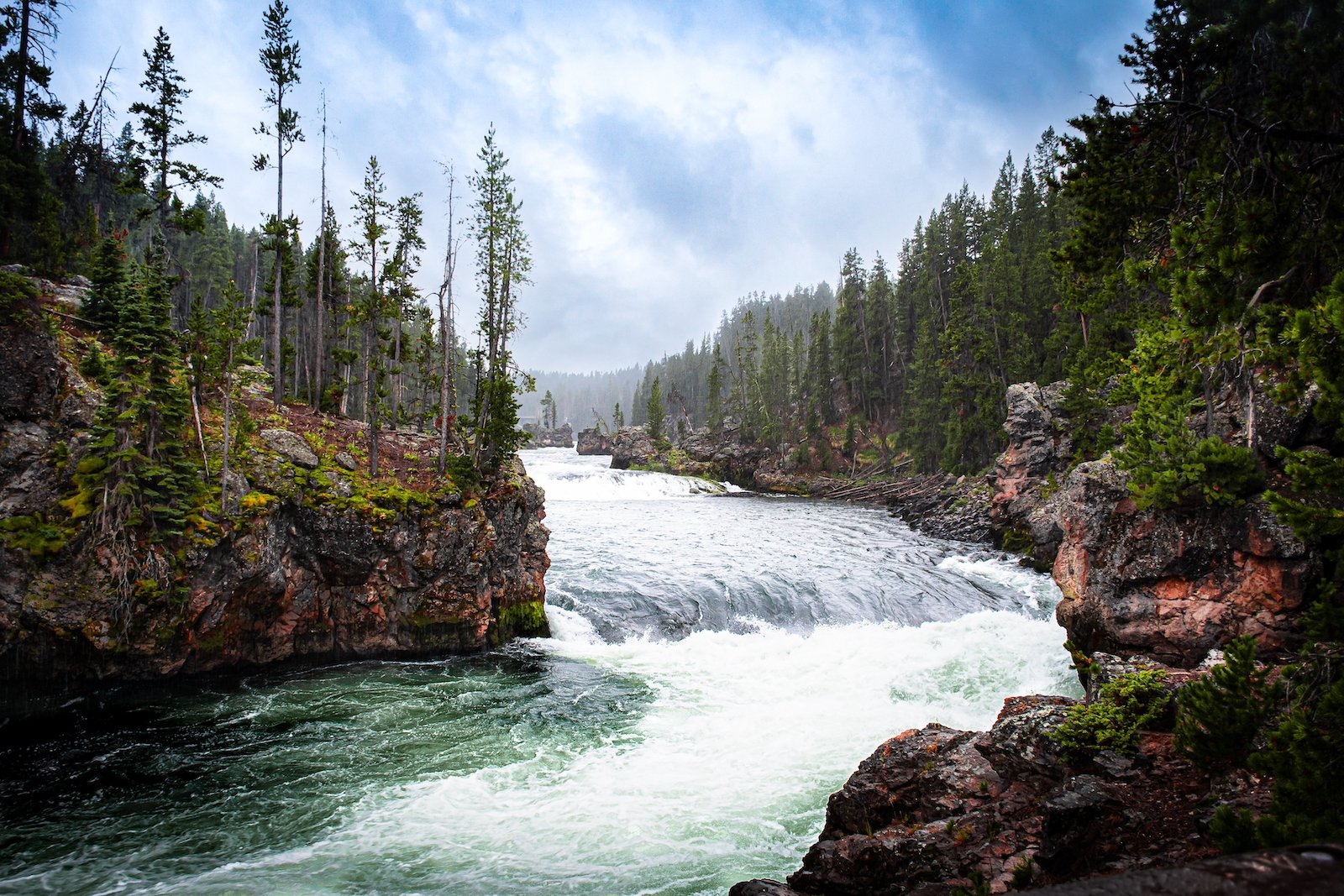
Established in 1872, Yellowstone is not only the first national park in the world but also one of the most geologically active places on the planet. It sits atop a supervolcano and is famous for its geothermal features, like Old Faithful.
The area once functioned as a trade route and dwelling for numerous Native American tribes. Today, it is the site of the Yellowstone Caldera, North America’s largest supervolcano, covering more than 3,468 square miles.
First State To Have A Female Governor
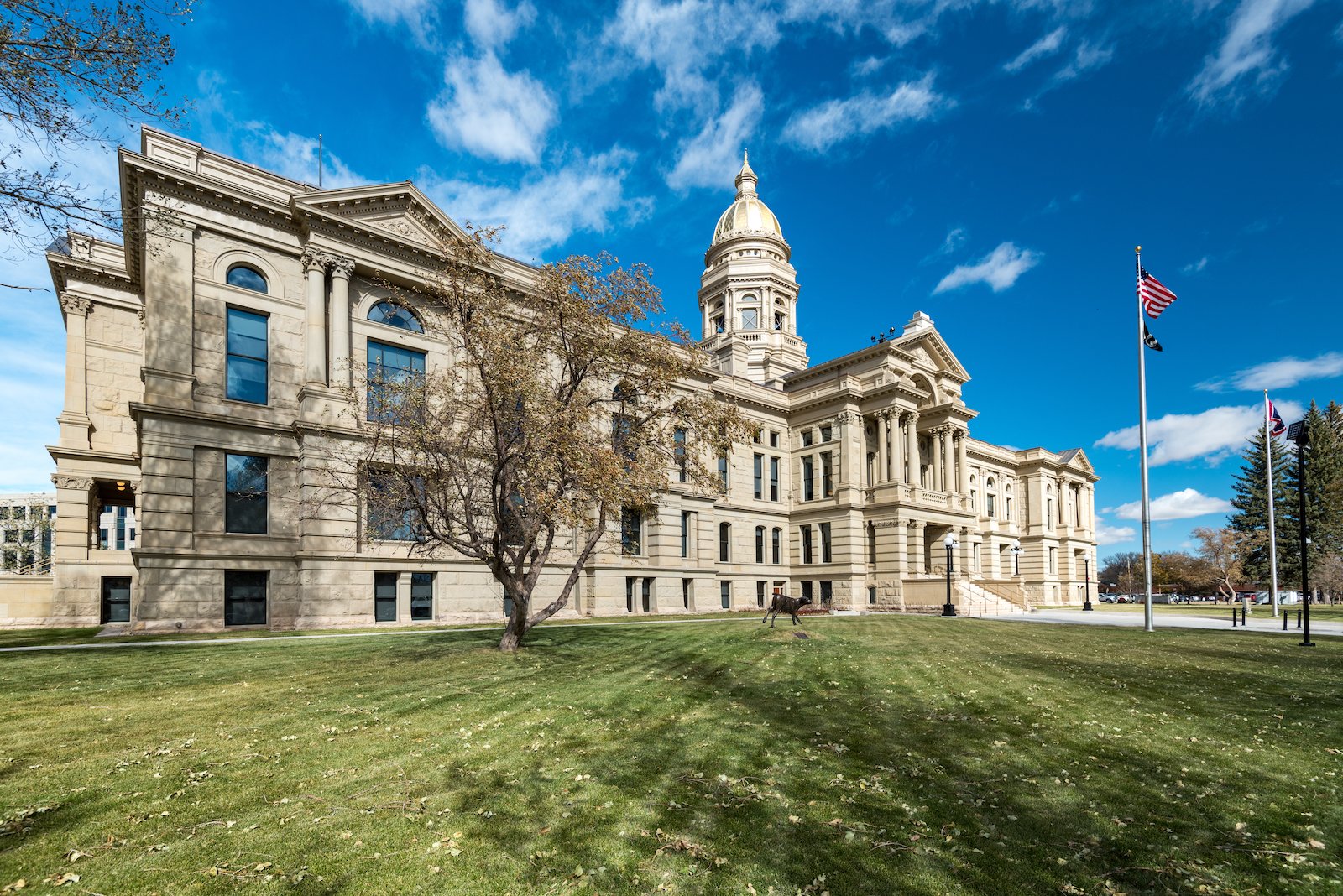
In 1924, Nellie Tayloe Ross made history as the first female governor of Wyoming and the United States. She was elected following the unexpected death of her husband, Governor William B. Ross, who passed away due to complications from an appendectomy. Nellie Tayloe Ross served as Wyoming’s 14th governor and remains the only woman to have held that office in the state’s history.
Sparse Population
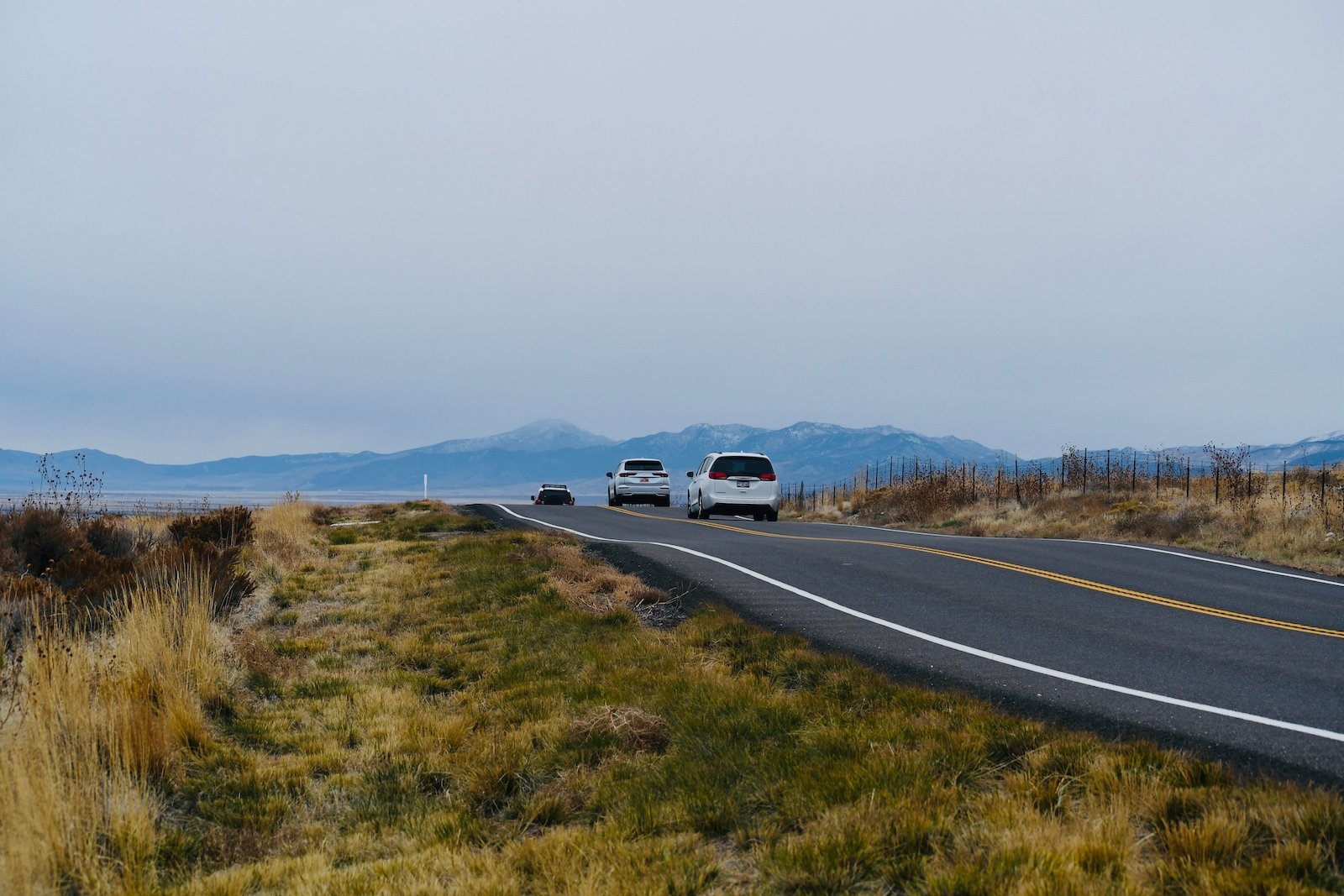
Wyoming is the least populous state in the U.S., with a population of under 600,000 residents spread across its expansive 97,813 square miles. This makes it less densely populated than many cities, let alone states. The state’s extensive and largely untouched landscapes—ranging from rolling plains to rugged mountains—create a sense of vast openness. With such wide-open spaces and relatively few people, it’s not uncommon for visitors to experience moments where wildlife, such as bison, elk, and pronghorn antelope, significantly outnumber human encounters. This low population density and abundant natural habitat offer a unique opportunity to experience a true wilderness adventure.
Teton Range
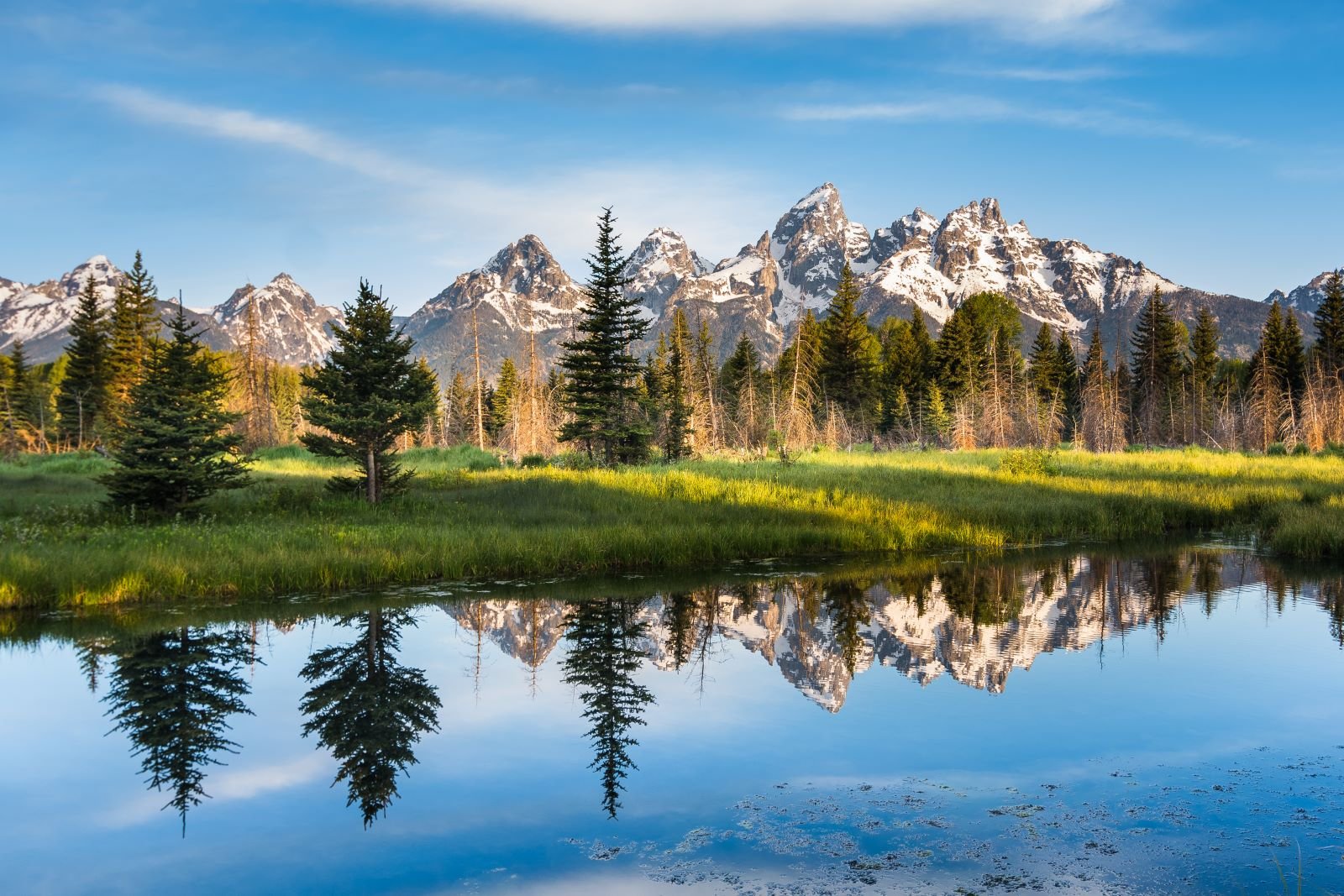
The Teton Range, with its dramatic peaks and rugged beauty, is one of the youngest mountain ranges in the Rockies, having been uplifted around 9 million years ago. This relatively recent geological formation has resulted in some of the most striking and pristine mountain landscapes in the region. The range’s highest peak, Grand Teton, rises to 13,775 feet and is renowned for its challenging climbs and breathtaking views. Its jagged summits and sheer granite faces make it a magnet for climbers, while the picturesque scenery attracts photographers and nature enthusiasts from around the world.
Devil’s Tower
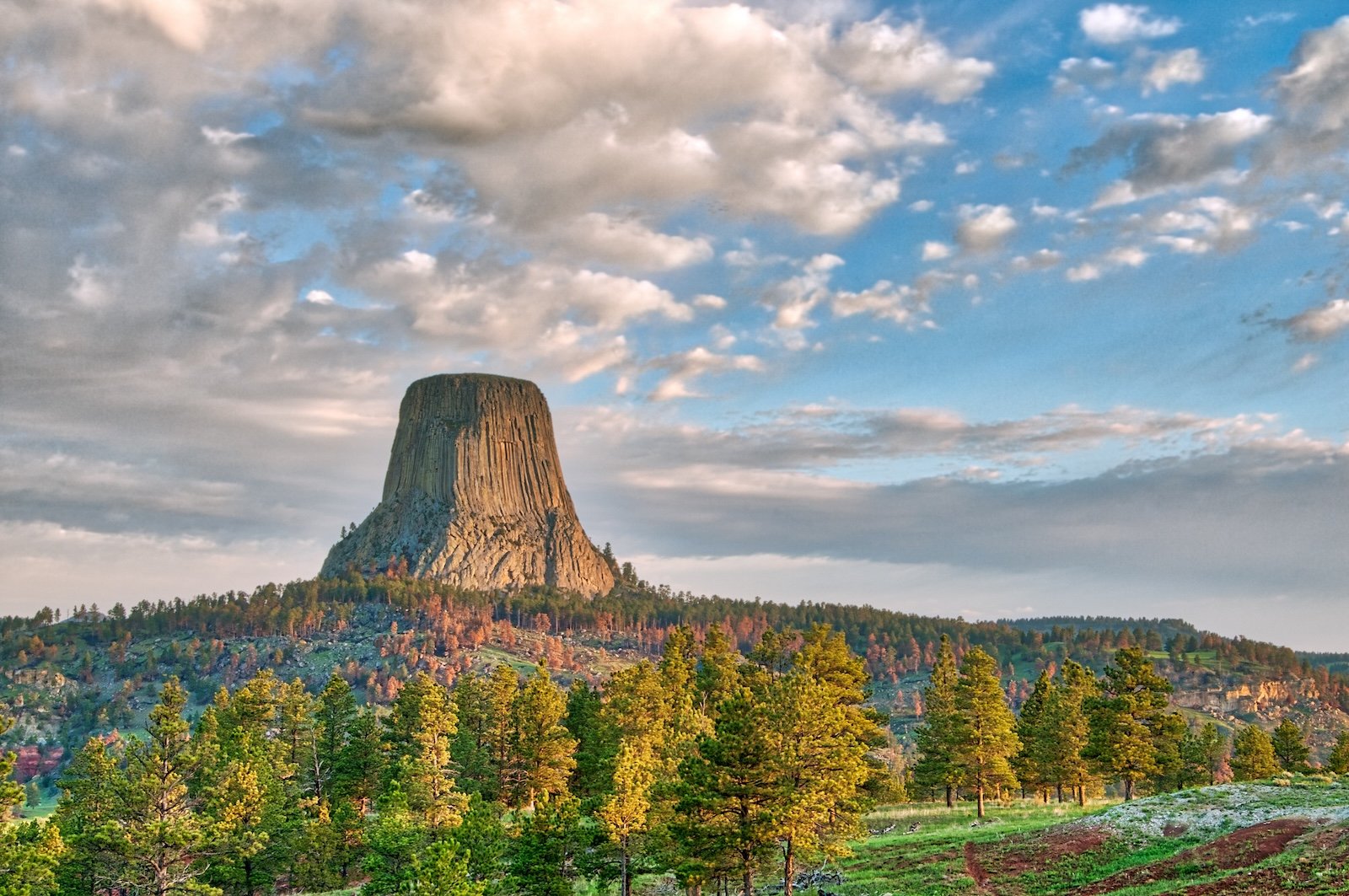
This iconic monolith, commonly referred to as Bear Lodge Butte, holds the distinction of being the first U.S. national monument, a designation granted by Theodore Roosevelt in 1906. Renowned for its distinctive geological formations, this striking feature rises dramatically from the surrounding landscape. Its cultural importance to Native American tribes, who consider it a sacred site, adds profound significance to its natural beauty, making it a must-visit destination for those interested in both geology and indigenous heritage.
Historic Towns and Cowboy Culture
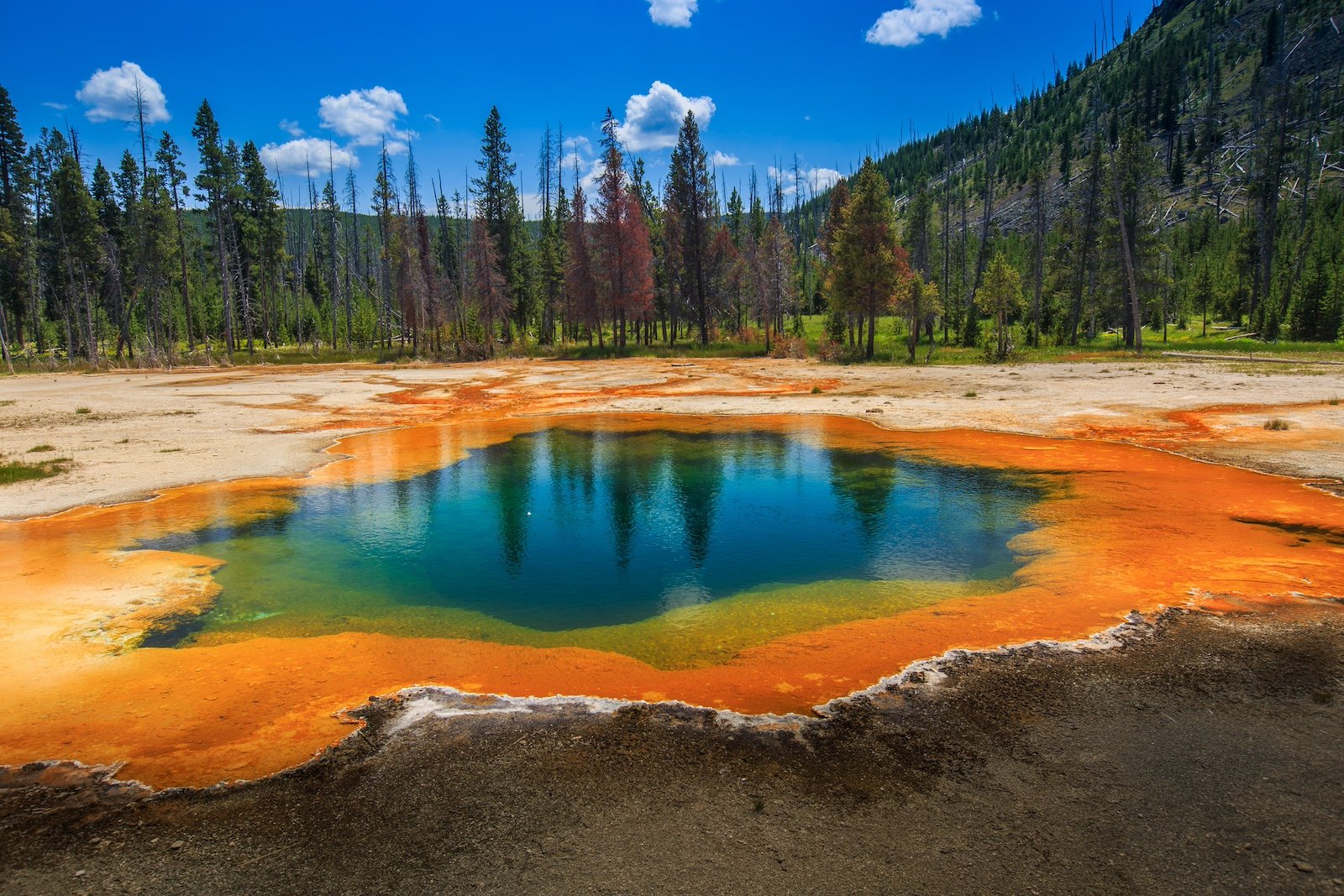
Wyoming is home to historic towns such as Cody, established by the legendary showman Buffalo Bill Cody in 1896. This town, often considered the gateway to Yellowstone National Park, offers an authentic glimpse into the Wild West. Visitors can immerse themselves in the era’s rugged charm through local rodeos, lively frontier fairs, and fascinating cowboy museums. These attractions preserve and celebrate the spirit of the Old West, providing a vivid experience of the frontier lifestyle and cowboy culture that shaped the region’s history.
Famous for its Dinosaurs

Wyoming boasts a rich paleontological heritage, particularly from the Jurassic Period, when the area was teeming with prehistoric life. This dynamic era left behind an impressive array of dinosaur fossils that have been meticulously uncovered and studied. The Wyoming Dinosaur Center in Thermopolis stands as a premier destination for dinosaur enthusiasts, showcasing a remarkable collection of fossils and exhibits. Visitors can explore detailed displays of Jurassic-era creatures, learn about ongoing paleontological research, and even participate in hands-on fossil preparation experiences.
Wide Open Skies

Wyoming is celebrated for its exceptionally clear and unpolluted skies, offering some of the finest stargazing opportunities in the United States. The state’s expansive, remote landscapes contribute to minimal light pollution, allowing for unobstructed views of the night sky. As a result, the celestial display is nothing short of spectacular, with countless stars, planets, and even the Milky Way vividly visible. Whether you’re an avid astronomer or simply enjoy gazing at the stars, Wyoming’s pristine night skies provide an awe-inspiring backdrop for stargazing.
Bison Population
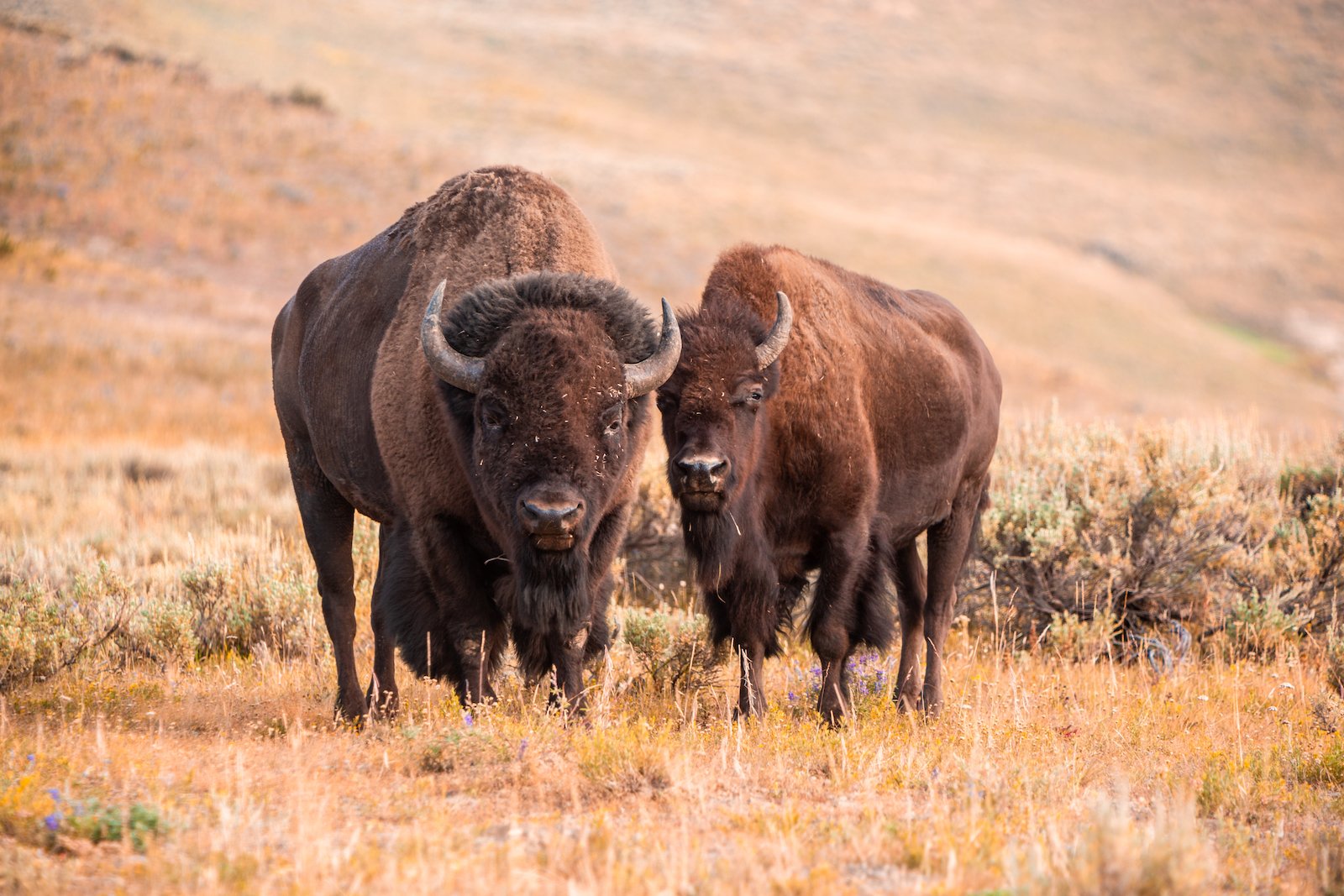
The bison herds in Yellowstone National Park are among the last continuously wild bison populations in the United States. These majestic animals roam freely across the park’s vast landscapes, embodying a powerful symbol of America’s natural heritage and pioneering conservation efforts. Their presence not only highlights the park’s ecological significance but also serves as a reminder of the country’s commitment to preserving its wildlife and natural landscapes for future generations.
Wind Energy Leader

With its robust winds and expansive open landscapes, Wyoming stands at the forefront of wind energy production in the United States. The state’s ideal conditions for wind power—characterized by strong and consistent winds—allow it to harness this abundant natural resource effectively. Wyoming’s wind farms play a crucial role in the nation’s renewable energy sector, significantly contributing to the reduction of carbon emissions and advancing sustainable energy solutions. This commitment to wind energy not only leverages Wyoming’s unique environmental advantages but also underscores its role in the broader push towards a cleaner, greener future.
Holds Guinness World Record for Swing Dance
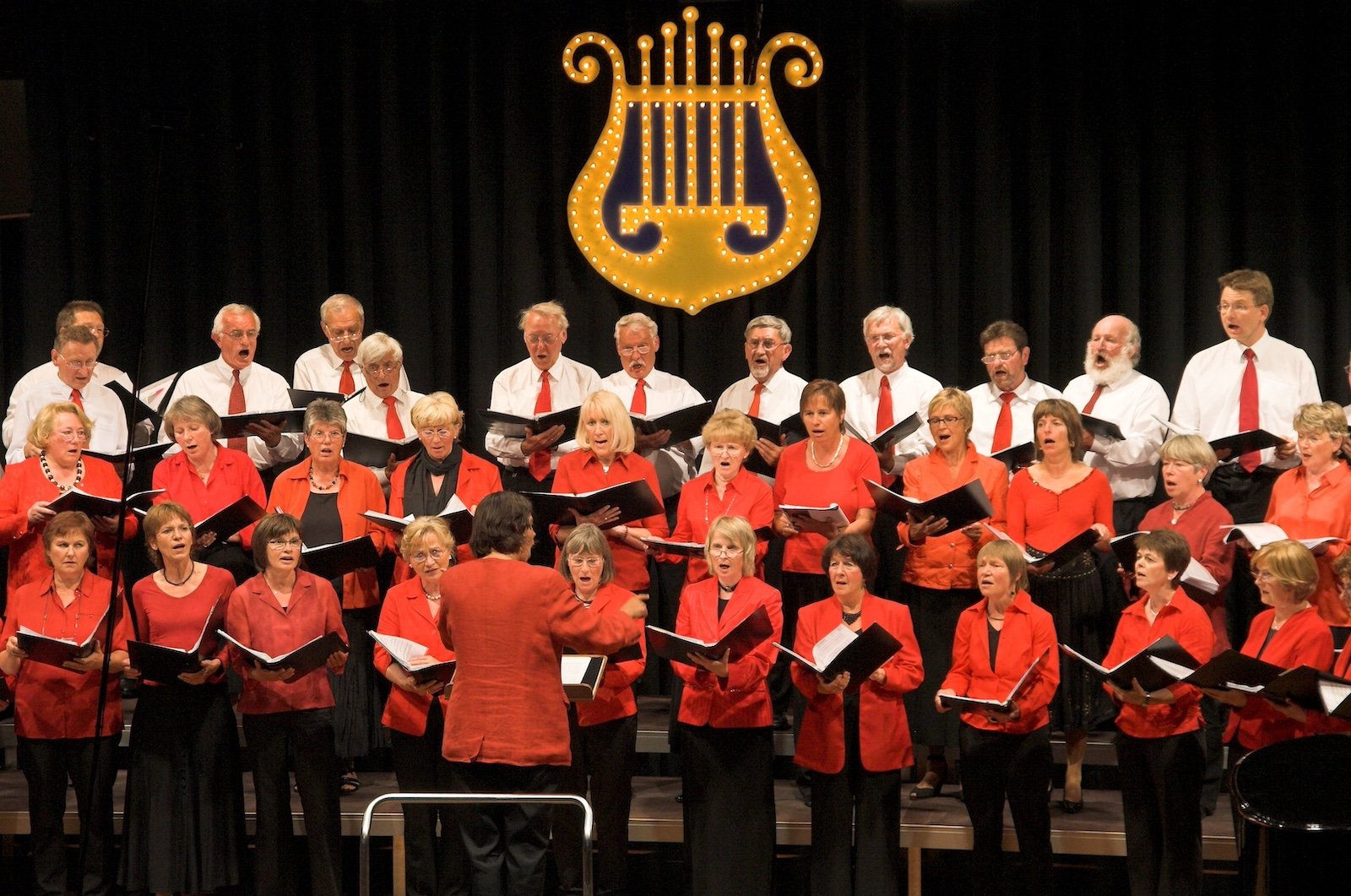
On August 31, 2013, during the Big Horn Country USA music festival in Sheridan, Wyoming, a record-breaking 1,814 participants came together to set a new Guinness World Record for the largest swing dance. This remarkable event showcased the community’s passion for dance and music, uniting people in a vibrant and joyous celebration. The achievement not only highlighted Wyoming’s enthusiasm for lively traditions but also demonstrated the power of collective spirit and rhythm.
Was A Part Of Different Countries Earlier
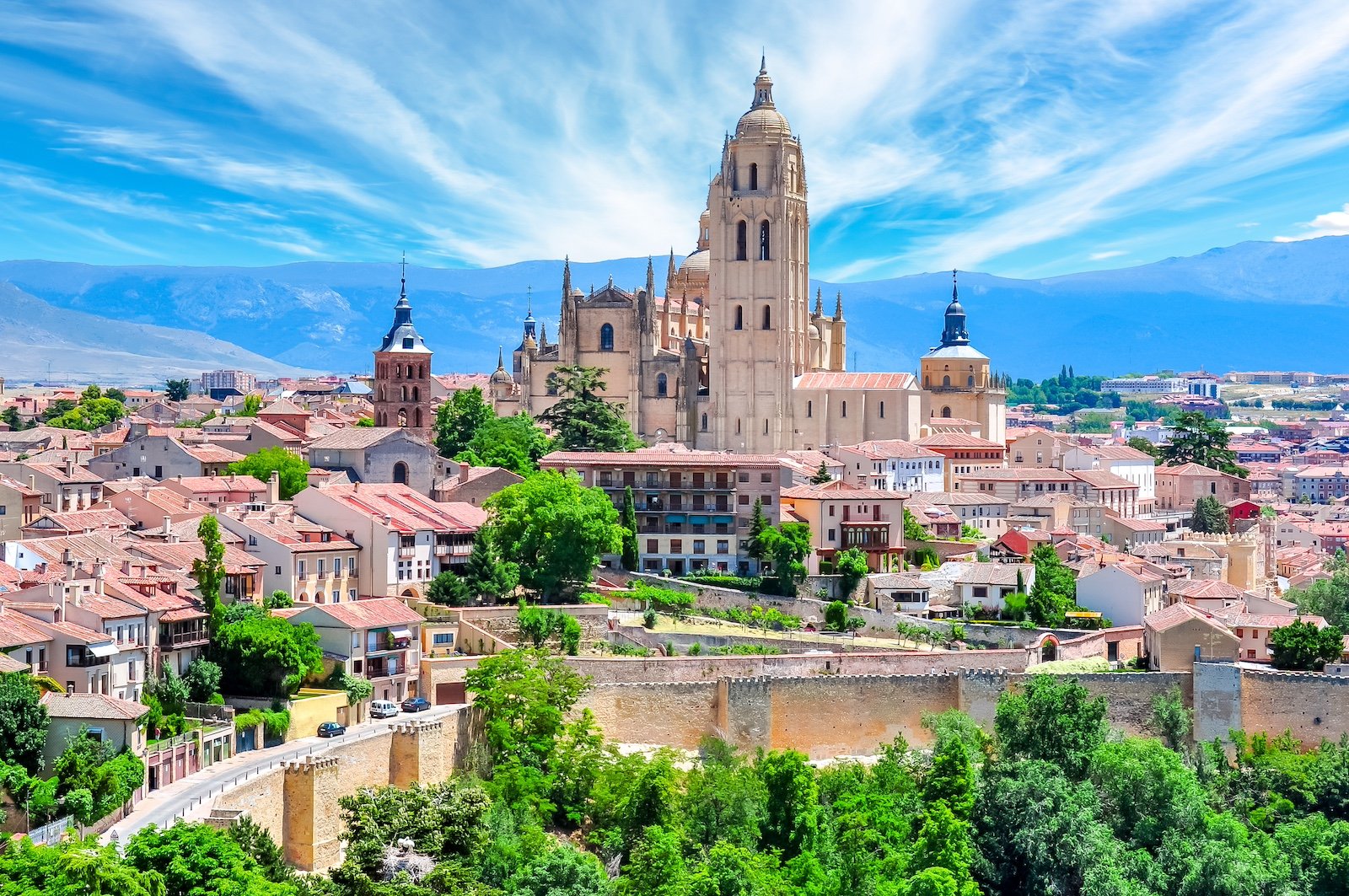
Various Native American tribes, including the Arapaho, Crow, Lakota Sioux, and Shoshone inhabited Wyoming. Spain also claimed parts of Wyoming and then Mexico before becoming part of the Oregon Territory under U.S. jurisdiction. Finally, in 1868, the Wyoming Territory was established, paving the way for statehood in 1890.
Home to the World’s Two Largest Coal Mines
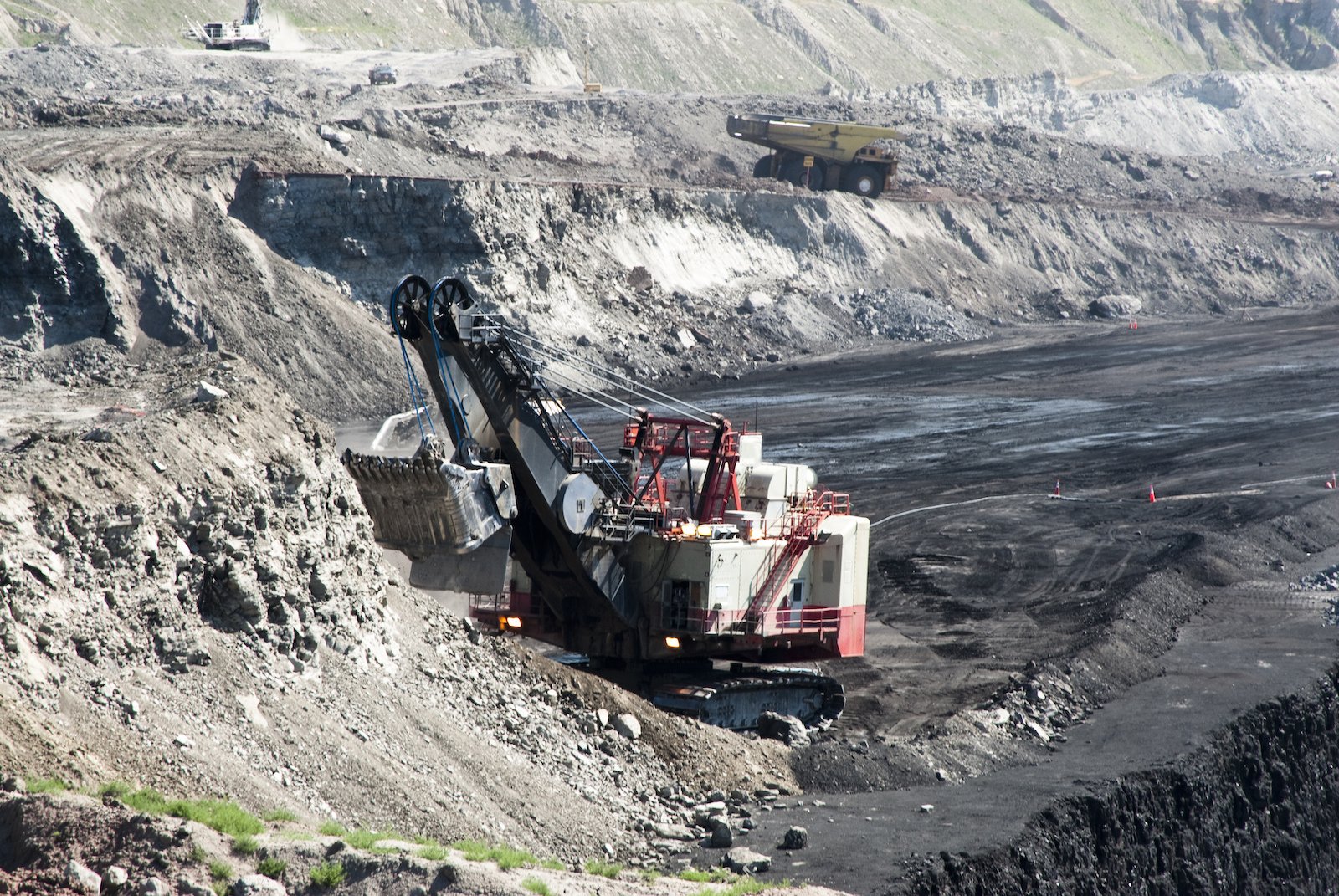
Wyoming is home to the world’s two largest coal mines: the North Antelope Rochelle Mine and the Black Thunder Mine. These massive operations are pivotal to the U.S. coal industry, supplying a substantial portion of the nation’s coal and generating thousands of jobs in the region. Their scale and output make Wyoming a key player in the energy sector, highlighting the state’s significant role in powering the country.
Bison Burgers is a Thing

In addition to its industrial prowess, Wyoming is renowned for its bison burgers, a culinary treat that echoes the state’s deep connection to the American West. Bison meat, known for its lean quality and rich flavor, offers a distinctive alternative to traditional beef burgers. Celebrations like Bison Day at the National Bison Range highlight the cultural and historical significance of these majestic animals, making bison burgers a flavorful nod to Wyoming’s frontier legacy.
The Second Happiest and Healthiest State in the U.S.

The low population contributes to reduced stress levels and fosters a close-knit community atmosphere. Wyoming’s serene environment, combined with its consistently low crime rates, enhances its reputation as one of the safest states in the nation.
Wyoming’s Single Phone Code

Wyoming’s sparse population also means it is served by only one phone area code: 307. This unique characteristic reflects the state’s wide-open spaces and small-town feel, where the sense of community is strong, and the traditional open-door policy is a cherished norm.


